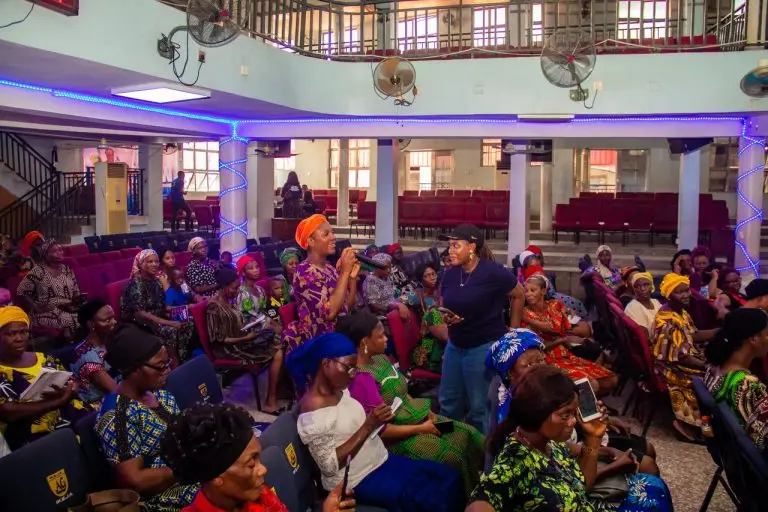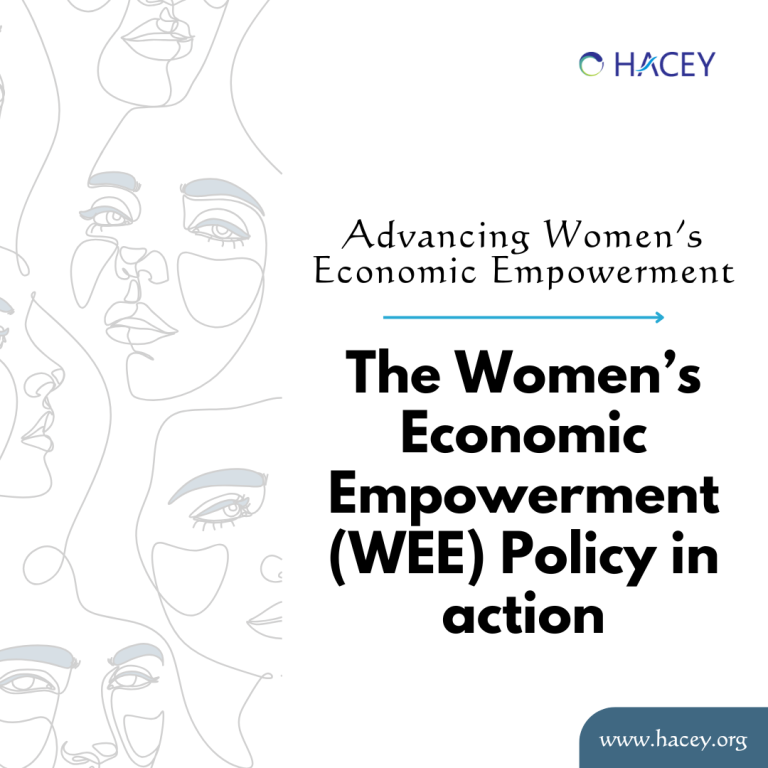Amina’s Story
Everyone in Bomo village agreed that life had been unfair to Amina. Forced into early marriage by her parents in a weak attempt to ‘provide’ for her family and uphold their honour, Amina had to give up her dreams of becoming a Nurse despite being the best student in the village’s only primary school. After marriage, Amina became pregnant. Unfortunately, Amina developed a fistula during her delivery — she was delivering at home and went through a long, difficult labour. Eventually, the baby did not survive.
Amina has been suffering from Fistula for many years, not knowing about treatment or having access to it.
Obstetric Fistula
According to World Health Organization, Amina is one of the 50,000 to 100,000 women globally affected by Obstetric Fistula annually. Obstetric Fistula is an abnormal opening between a woman’s genital tract and her urinary tract or rectum. The development of obstetric fistula is directly linked to one of the major causes of maternal mortality: obstructed labour.
It can occur between the vagina and rectum, ureter, or bladder and results in incontinence of urine or faeces. Complications may include depression, infertility, and social isolation.
Causes
An Obstetric Fistula occurs when a mother has had a prolonged and obstructed labour, with no access to emergency medical care, such as a C-section. During this type of labour, the mother’s contractions continually push the baby’s head against her pelvis. As a result, soft tissues caught between the baby’s head and the pelvic bone become compressed, restricting normal blood flow. This accounts for 76 to 97% of Obstetric Fistula occurrence.
Without an adequate blood supply, tissue sections will die off, resulting in holes known as “Fistulae”. It appears between the mother’s vagina and her bladder or rectum. These holes (Fistula) will cause incontinence, and if left untreated, the woman will uncontrollably leak urine, stool, or sometimes both, for the rest of her life.
Also, because the mother often labours in pain for days, her baby usually dies as a result. Thus, obstetric fistula is a double-edged pain for mothers – physical, emotional and psychological pain. Stillborn birth happens 85% to 100% of the time in this scenario.
The United Nations Population Fund has labelled Obstetric Fistula as one of the most severe and tragic childbirth injuries.
Prevalence
According to research, more than 2 million young women live with untreated Obstetric Fistula in Asia and sub-Saharan Africa today. In developing nations, women who suffer from obstetric fistulae are under 30, while 50-80% of women under 20, like Amina, develop obstetric fistulae in resource-poor countries. The youngest patients are 12–13 years old.
According to a careful study, Obstetric Fistula is very common throughout the world, but the percentage dwindled in the late 19th century during the rise of gynaecology. In addition, this era experienced the introduction of safe childbirth practices, especially deliveries at local hospitals instead of the home. This drastically reduced rates of obstructed labour and obstetric fistulae in Europe and North America. The condition is now entirely preventable and correctible.
The majority of Obstetric Fistula cases occur in poor rural areas of developing countries, particularly in sub-Saharan Africa such as (Nigeria, Mali, Kenya, Rwanda, Sierra Leone, South Africa, Benin, Chad, Malawi, Mali, Mozambique, Niger, Uganda, and Zambia) and much of South Asia (Afghanistan, Bangladesh, India, Pakistan, and Nepal).
Symptoms & Effects of Obstetric Fistula
Obstetric Fistula symptoms are urinary incontinence or faecal incontinence, foul-smelling vaginal discharge, repeated vaginal or urinary tract infections, and irritation/pain in the vagina or surrounding areas. Acid from the urine, faeces, and blood causes severe burn wounds on the legs from the continuous dripping. The leaking causes nerve damage and results in loss of mobility.
Most times, women limit their intake of liquid and water to avoid dripping, leading to dehydration and worsening their condition. If these symptoms are not treated, it can lead to kidney failure, which inevitably leads to death.
Obstetric Fistula also leads to social ostracization and stigmatization. In several rural areas, e.g. Burkina Faso, this condition is viewed as a divine punishment and curse for sexual misconduct rather than a medical condition.
Often, these women or young girls are isolated and sentenced to living in secluded huts and abandoned because of the odour caused by the infection. They are also divorced by their husbands, shunned by their community, and experience shame and social segregation.
Despair, depression, shame, fear of future pregnancy are some of the psychological effects women suffer from Fistula. In addition, it causes severe mental depression, and thoughts of suicide are also visible to escape the shame and emotional torture.
Repair and Prevention
However, due to advances in science and technology, most obstetric fistulas are surgically correctable. Therefore, there is a need for the government in areas where obstetric Fistula cases are prevalent, particularly in Africa and Asia, to create policies that grant women in rural areas access to free medical treatment.
Also, good delivery services and professional medical personnel should be readily available in rural areas to save the unborn child and prevent the occurrence of Obstetric Fistula.
In the same vein, the government should introduce pregnant mothers to programs that help improve their nutrition. Family planning campaigns should also be improved upon in rural areas where having many children is a norm.
Most importantly, child marriage should be avoided and frowned at, attaching a fine to such crime. This is because the age of the first pregnancy is one of the factors that cause an Obstetric Fistula.
The girl child should be provided with access to quality education, not early marriage. Of course, early marriage will hurt her future, and the possibility of Obstetric Fistula’s occurrence will have damaging physical, mental, and social effects on the child and her future.
Written by Bamidele Oyewumi.
Edited by Tomiyin Ayibiowu.
Read more about our work here. Follow us on social media.


